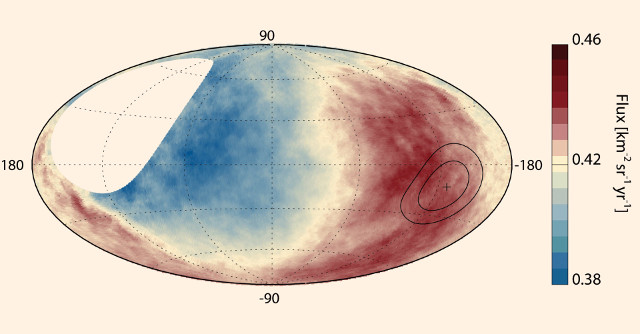
Huge ice blades on Pluto
An article published in the magazine “Icarus” describes a research that offers an explanation for the origin ice blades that are tens of meters high found on Pluto. According to a team of researchers led by Jeffrey Moore, one of NASA’s New Horizons mission scientists, those blades originated in the freezing and subsequent erosion of methane at the highest altitudes of the dwarf planet, with a process similar to what happens on the Earth, for example on the Andes, but with much larger sizes.





